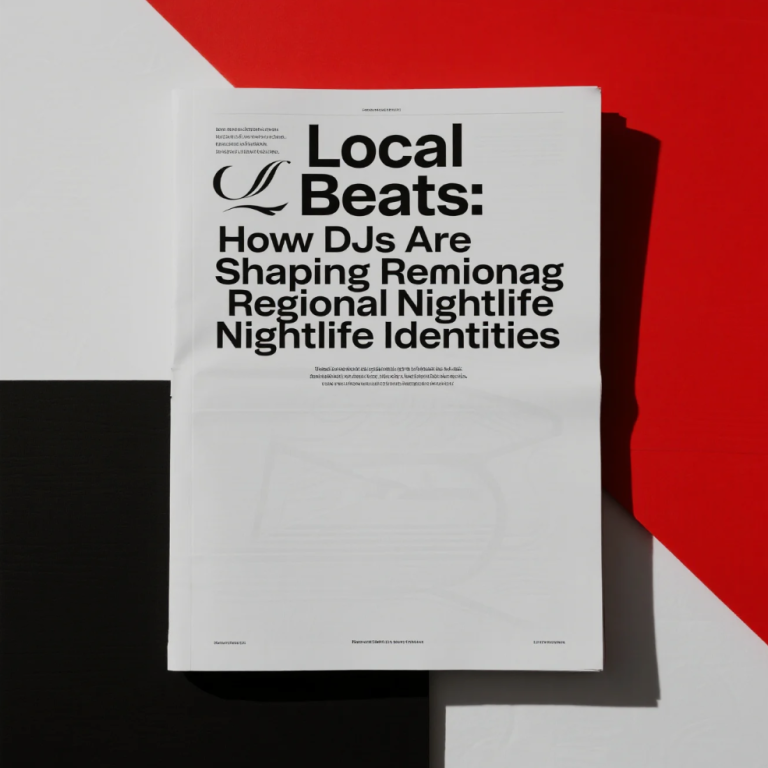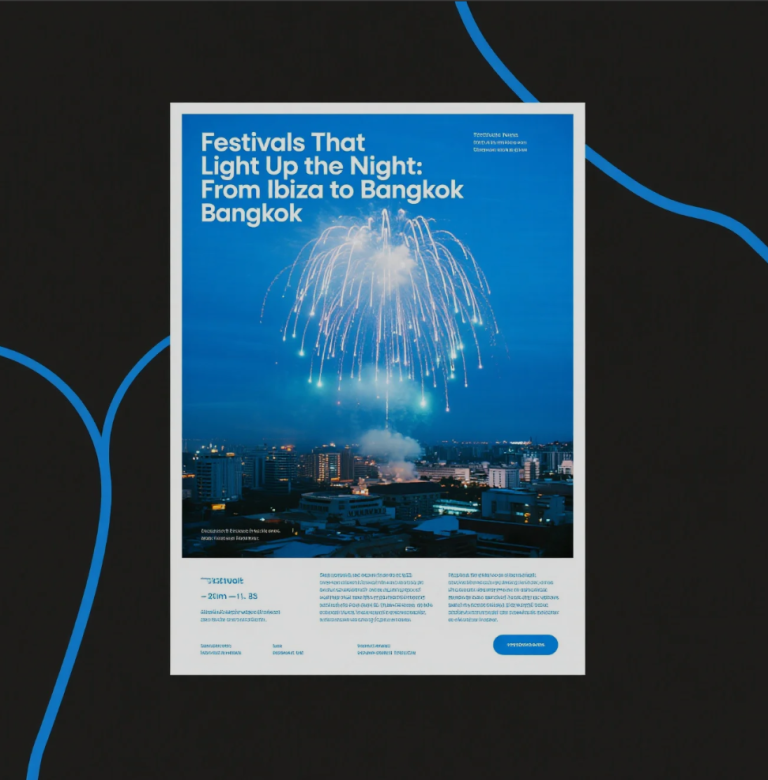
Before playlists and streaming, the world danced to the rhythm of iconic clubs that shaped entire generations.
These weren’t just places to party — they were cultural landmarks where music, art, and rebellion collided.
From New York to Berlin and Ibiza to London, these legendary dance floors became symbols of freedom, creativity, and connection.
🕺 1. Studio 54 – New York City, USA
No list of legendary dance floors begins without Studio 54.
During the late 1970s, this Manhattan hotspot defined disco glamour — a place where celebrities, artists, and dreamers came together under glittering lights.
Every night was a performance of excess and expression, where Andy Warhol mingled with Diana Ross and the dance floor pulsed with life.
Studio 54 wasn’t just a club — it was a movement that celebrated individuality and indulgence.
🪩 2. Berghain – Berlin, Germany
If Studio 54 was the past, Berghain is the present and future of global club culture.
Famous for its minimalist techno, towering sound systems, and notoriously strict door policy, Berghain became the church of electronic music.
Inside, the music never stops, and time seems to disappear — it’s about total surrender to the rhythm.
Berghain represents Berlin’s spirit of freedom and reinvention, proving that a dance floor can be a sanctuary.
🌴 3. Pacha – Ibiza, Spain
Ibiza has long been the mecca of electronic dance music, and Pacha stands at the heart of that legacy.
Founded in the 1970s, Pacha evolved from a small island venue into a global nightlife empire, blending Mediterranean charm with futuristic sound.
Every summer, DJs like David Guetta and Calvin Harris turn the dance floor into a sun-soaked celebration of music, light, and life.
🕯️ 4. The Hacienda – Manchester, UK
In the 1980s, The Hacienda transformed Manchester from an industrial city into the birthplace of rave culture.
Run by Factory Records and New Order, it was more than a club — it was a creative hub where house music met youth rebellion.
Its influence continues today in every festival and warehouse party that channels that same raw, electric energy.
🌆 5. Paradise Garage – New York City, USA
Before EDM, there was Paradise Garage — the birthplace of modern dance music.
DJ Larry Levan’s legendary sets shaped the sound of house and garage music, turning this club into a sacred space for diversity and self-expression.
It wasn’t about fame or fashion — it was about the music, the community, and the freedom to be yourself.
🎧 6. Zouk – Singapore
Asia’s most iconic nightclub, Zouk, brought world-class DJs to the East long before global tours were common.
Blending Asian aesthetics with cutting-edge production, Zouk became a symbol of Singapore’s nightlife evolution — a place where global beats met local culture.
It remains a must-visit destination for dance lovers exploring the region.
🌍 7. Fabric – London, UK
A temple for serious music lovers, Fabric redefined clubbing in the 2000s.
Known for its impeccable acoustics and commitment to underground sounds, it became a training ground for future legends of electronic music.
Even after temporary closures, Fabric’s return proved that true nightlife icons never fade — they just evolve.
✨ The Rhythm Lives On
From glitter-filled disco nights to thundering techno marathons, these legendary dance floors continue to inspire new generations.
Each one tells a story — of rebellion, unity, and the universal language of music.
Whether you’re in a neon-lit club in Berlin or a beachside bar in Bali, the heartbeat of nightlife endures:
The dance floor will always bring us together.



